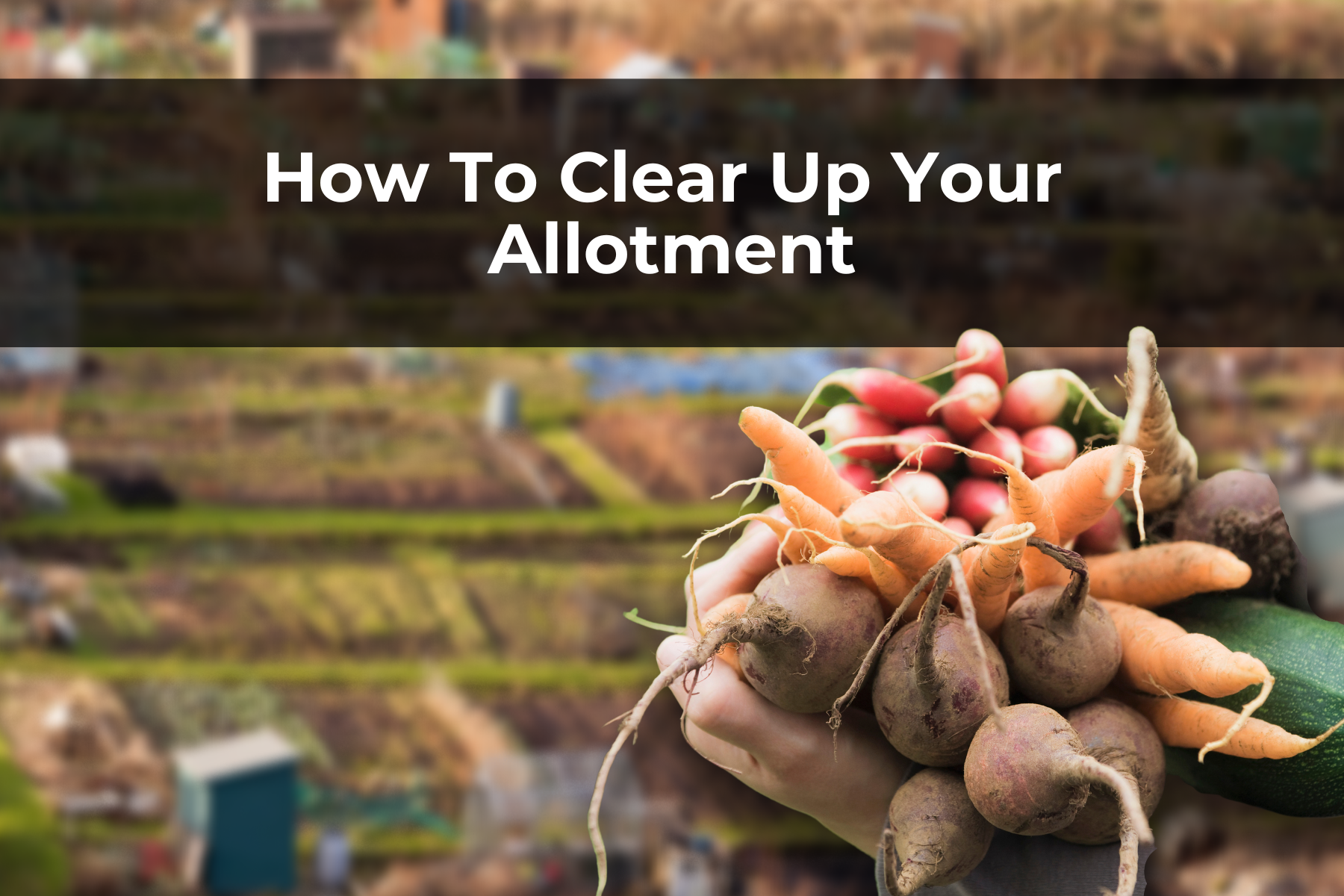Last Updated on June 12, 2023 by Real Men Sow
How do you start clearing up your allotment? Well, begin by looking around to see what you will be dealing with. Bring any metalwork, broken glass, or construction rubble to the end of your plot. Wear gloves, because you will be shedding blood.
You should seek council advice if you find old asbestos sheets. These sheets should be handled with care and properly disposed of.
Know What Weeds You Have in Your Allotment
You may see weeds such as nettles, buttercups, or even daisies. This is an indication that your soil pH level is high. Bindweed, couch grass, and other weeds that can be difficult to control are also problematic.
All of them have the ability to reseed from tiny pieces of root. It is possible to re-grow from small pieces of root, even if you have a lot of brambles. You can take comfort in the fact that lush nettles and other plants indicate soil fertility.
How to Clear The Plot
It’s worth borrowing or hiring an electric strimmer with a brush-cutter blade to reduce tall weeds to around 15 cm. Brambles can be left for longer, up to 60 cm. You can lift ordinary grass and annual weeds like turf. This can be done with a mattock, which is a flat blade that goes in horizontally under the root mat. A decent spade will also do the job.
To keep light and water out, stack the turf grass side down. You’ll be able to use the loam soil for a year. To remove perennial weed roots, turn the soil over. Although docks can be quite deep, they are easy to get rid of. It is difficult to remove the yellow roots that are found in nettles.
While couch grass and bindweed are difficult to manage, a 3 cm-long piece of the root may be enough to give you the energy to grow and start again. A mare’s tail can cause serious problems. They are difficult to see and can be found in Hades. Do your best, but the only way to defeat Mares Tail and Bindweed is to use chemicals.
Don’t Cold Compost Weed Roots
This weed root can also pose a problem. They will re-grow if they are placed on a cold compost pile. They can be placed in a plastic bag and will rot in 6 months.
However, it is better to put them in a tub of warm water. It takes about three weeks. It can be difficult to dig out roots from a bramble patch. At least you have something to lean on!
Using Ground Covers
It’s common to cover the ground with old carpets to control weeds. It’s a good idea, provided that the carpet doesn’t stay on the ground for more than a few months. However, it is difficult to remove carpets from sites because sometimes, weeds grow through carpets. A tarpaulin worked the same way, but it didn’t have any weeds.
The Quickest Way To Clearing up Allotment
This is the quickest and easiest way of clearing up the allotment. Clear away all rubbish and trim the soil to just a few inches above the ground. Grab the trimmings, and put them on the compost pile. Spray the plot with a glyphosate-based weedkiller. Pay special attention to perennial weeds. After a week, spray the plot with a glyphosate-based weedkiller. Then dig over or rotovate.
The weedkiller is applied to the roots of perennials, killing them. This makes it possible to cut them without the need to re-grow them. This method does use a weedkiller, and if you want to stay as organic as possible, keep in mind that that’s harder work. You may use non-organic and, once you’ve cleared everything, start using organic!


